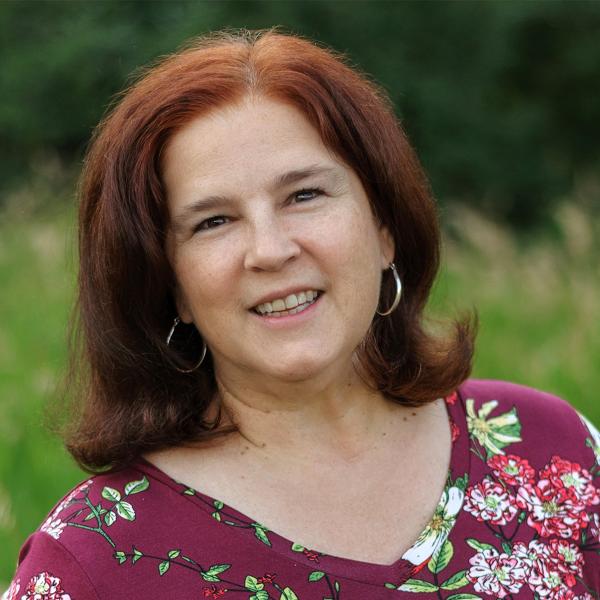Older adults were less likely than younger adults to report needing culturally competent care to meet their health care needs (5.2% compared with 15.1%). However, this still represents nearly 41,000 older adults who reported that they had some characteristic — such as their language, race, religion, culture, gender identity, among others — that affects the kind of care that they need.
Older Coloradans Still Face Challenges
Coloradans 65 and older reported that physical, mental, or emotional conditions limited their daily activities at about the same rate as younger generations (19.1% compared with 16.0% for 18- to 64-year-olds). Rates did differ, though, for Colorado’s oldest adults. By age 79, about a third of Coloradans (30.2%) reported limited daily activities. Even so, two in three Coloradans in that age group said they had no difficulty performing daily activities. Either they are not experiencing those challenges, or they believe they are managing them well on their own or with the help of loved ones.
The percentage of Coloradans reporting housing and food insecurity decreased with age, but still represented a large number of people. Many older Coloradans live on fixed incomes, so increases in food or housing costs quickly become a concern. Among Coloradans 65 and older, 2.2% worried they would not have stable housing in the next two months (compared with 9.4% in the 18-64 group) and 4.5% ate less than they felt they should because they could not afford food (compared with 14.9% in the 18-64 group).
Implications
One in five Coloradans — about 1.3 million people — will be over the age of 65 by 2035. But that shouldn’t scare us. Access to Medicare and Medicaid programs in Colorado makes a difference to the health of older Coloradans and reduces their barriers to getting care.
But obstacles still exist. Policymakers should continue to look for ways to keep the cost of care down, especially for prescription drugs, which would help Coloradans regardless of age.
Health care systems have an opportunity to improve their ability to provide culturally responsive care by diversifying their workforce. And insurance providers should consider a variety of ways to help their patients and members understand the benefits they provide.

